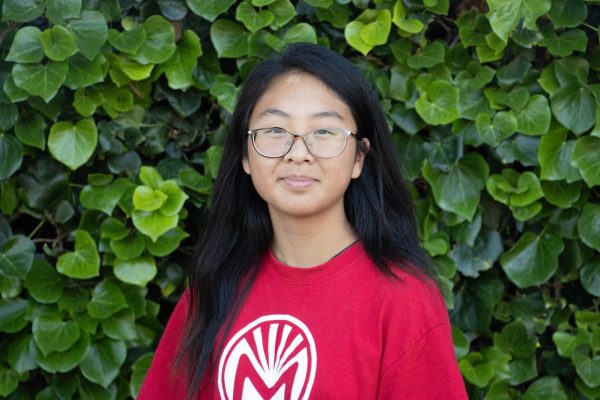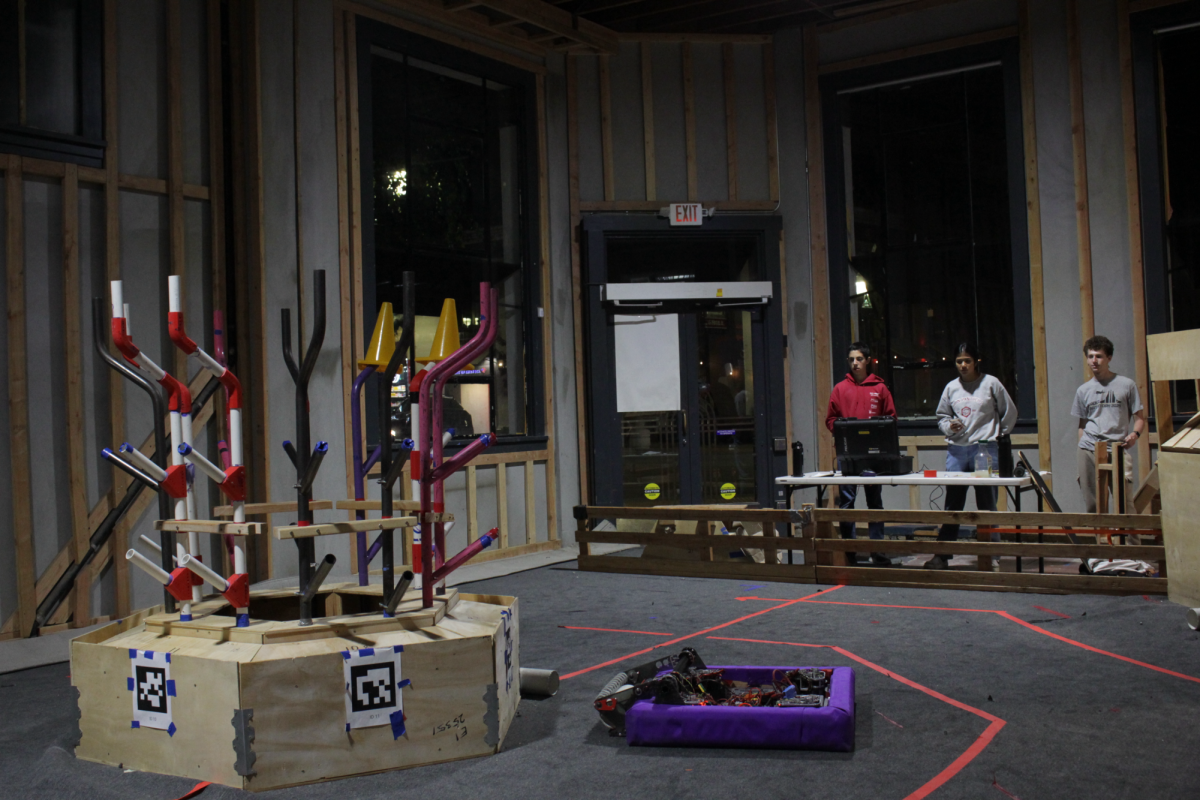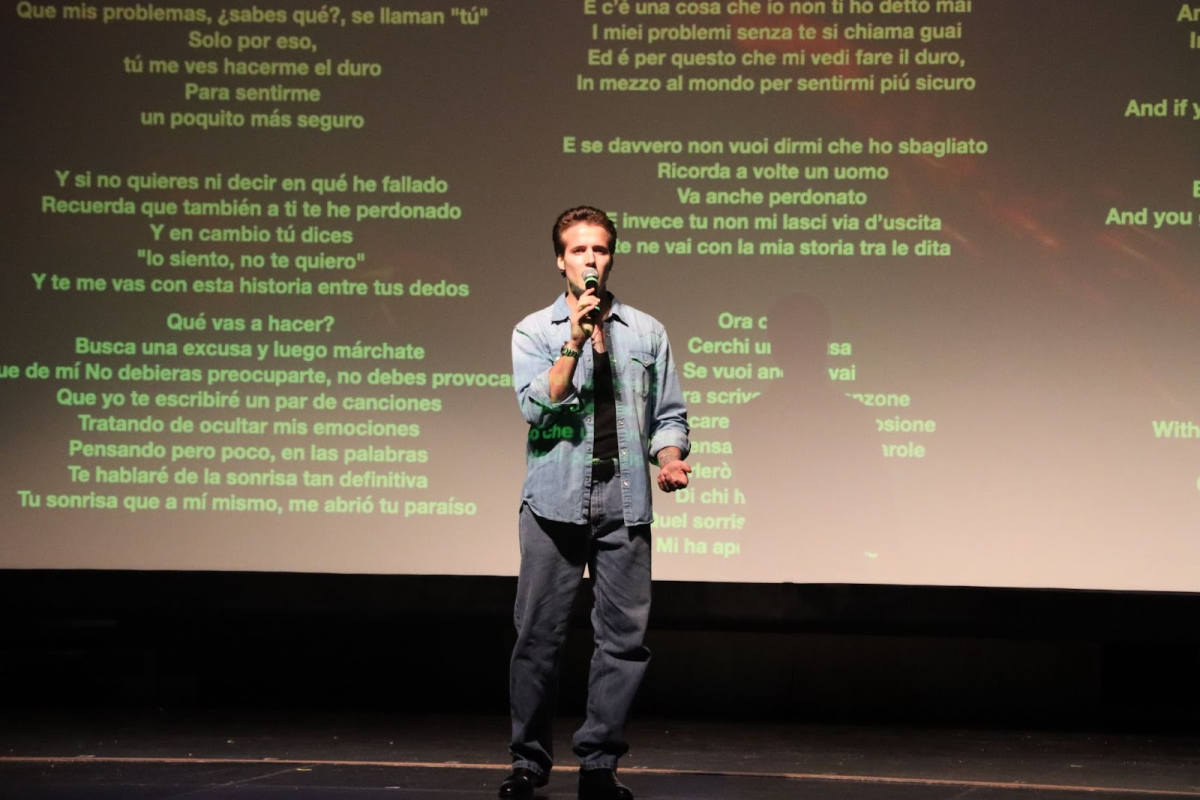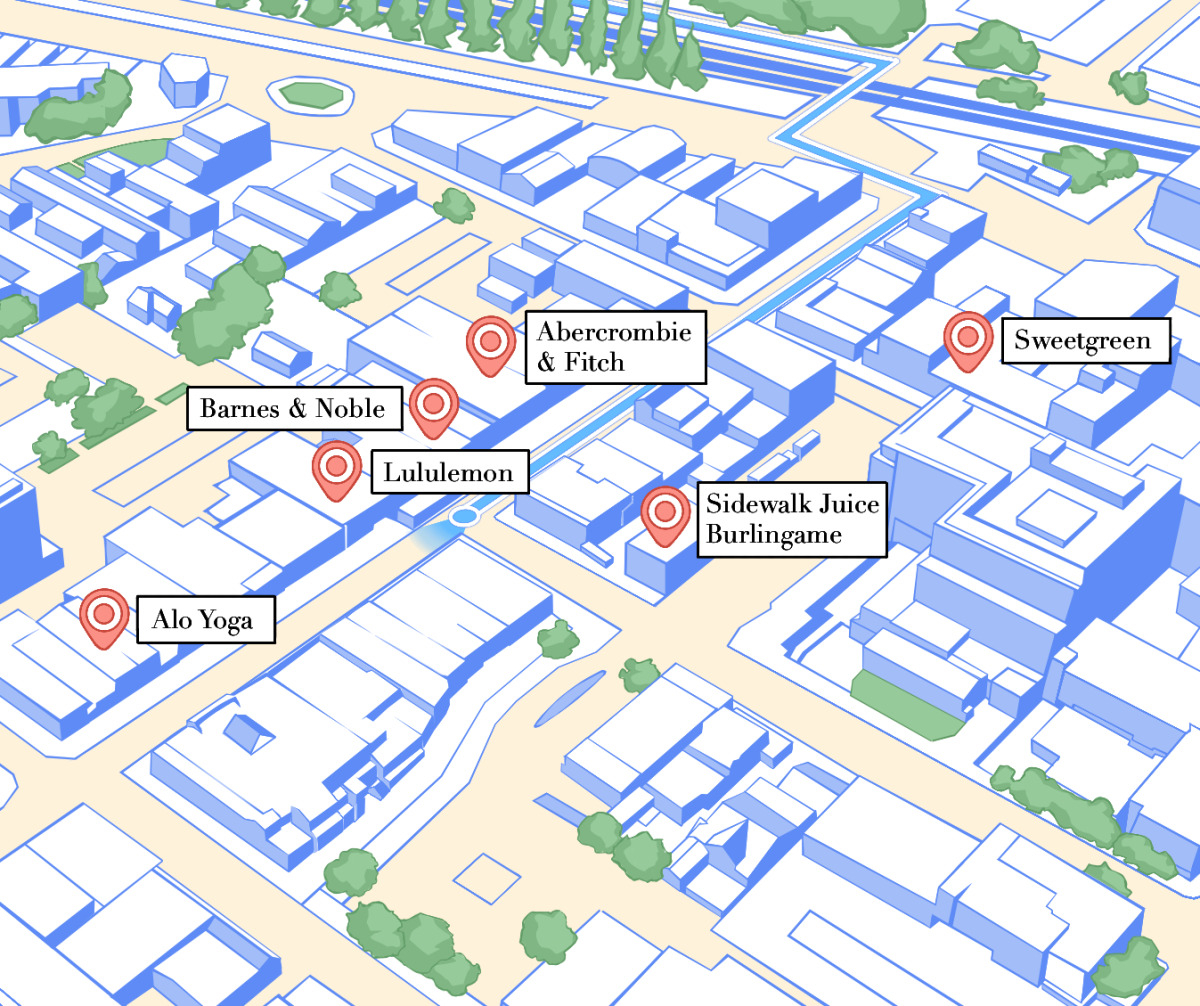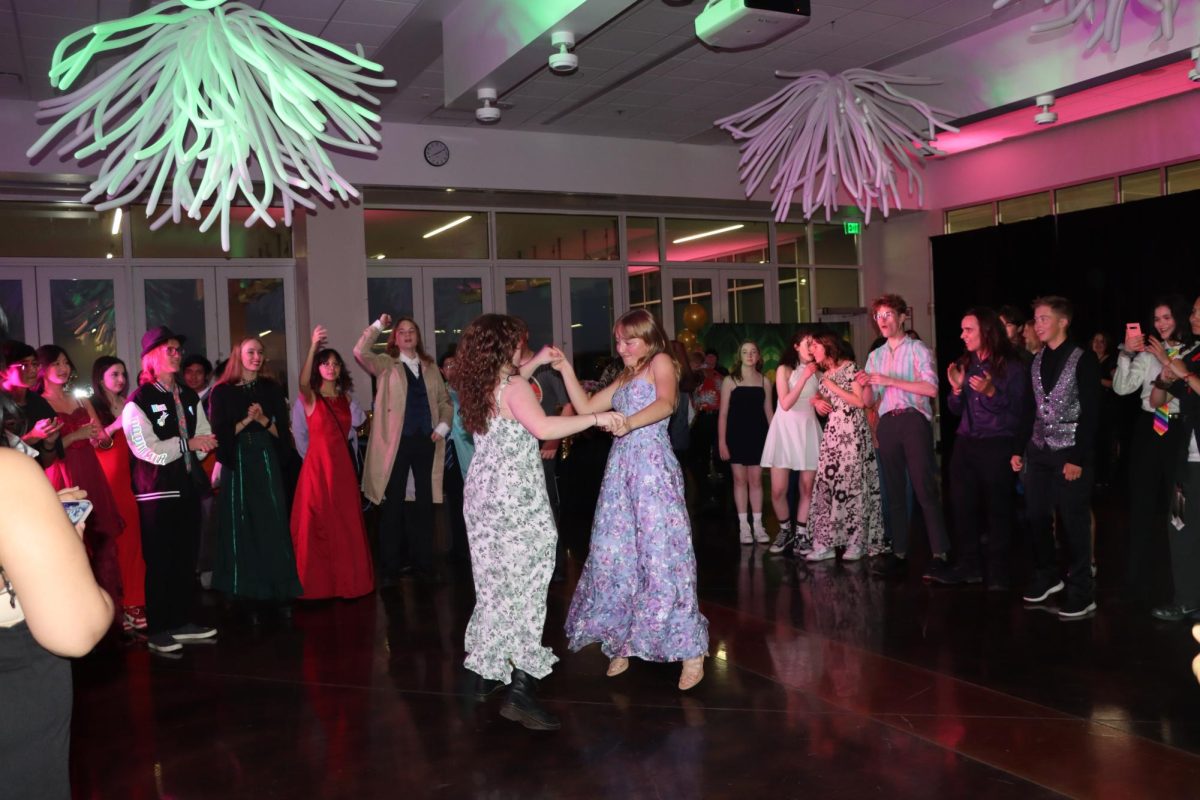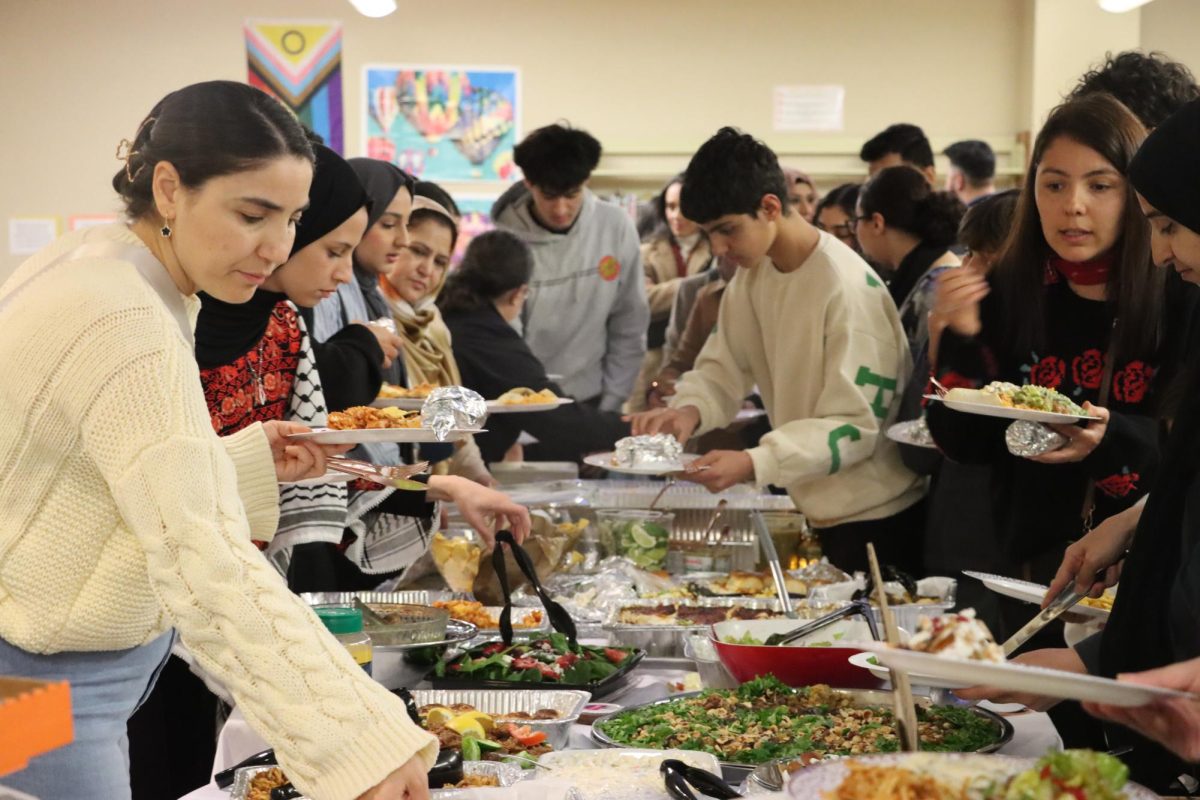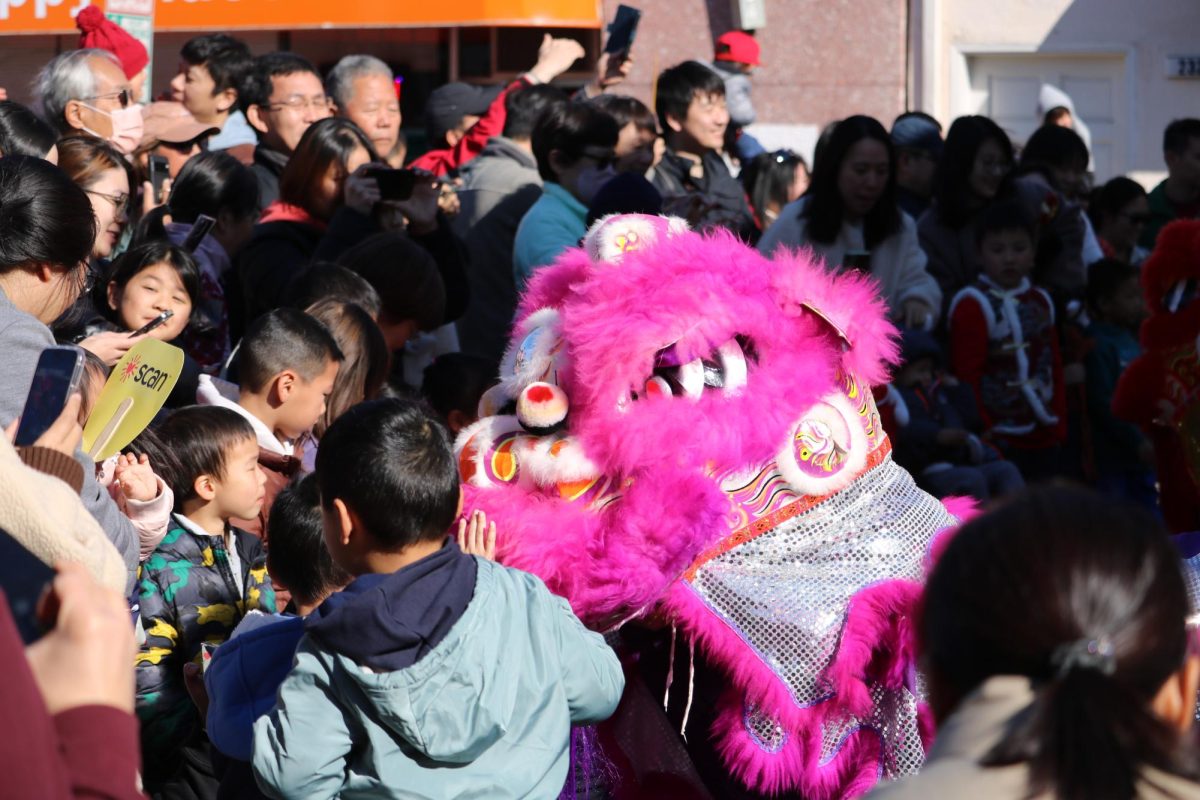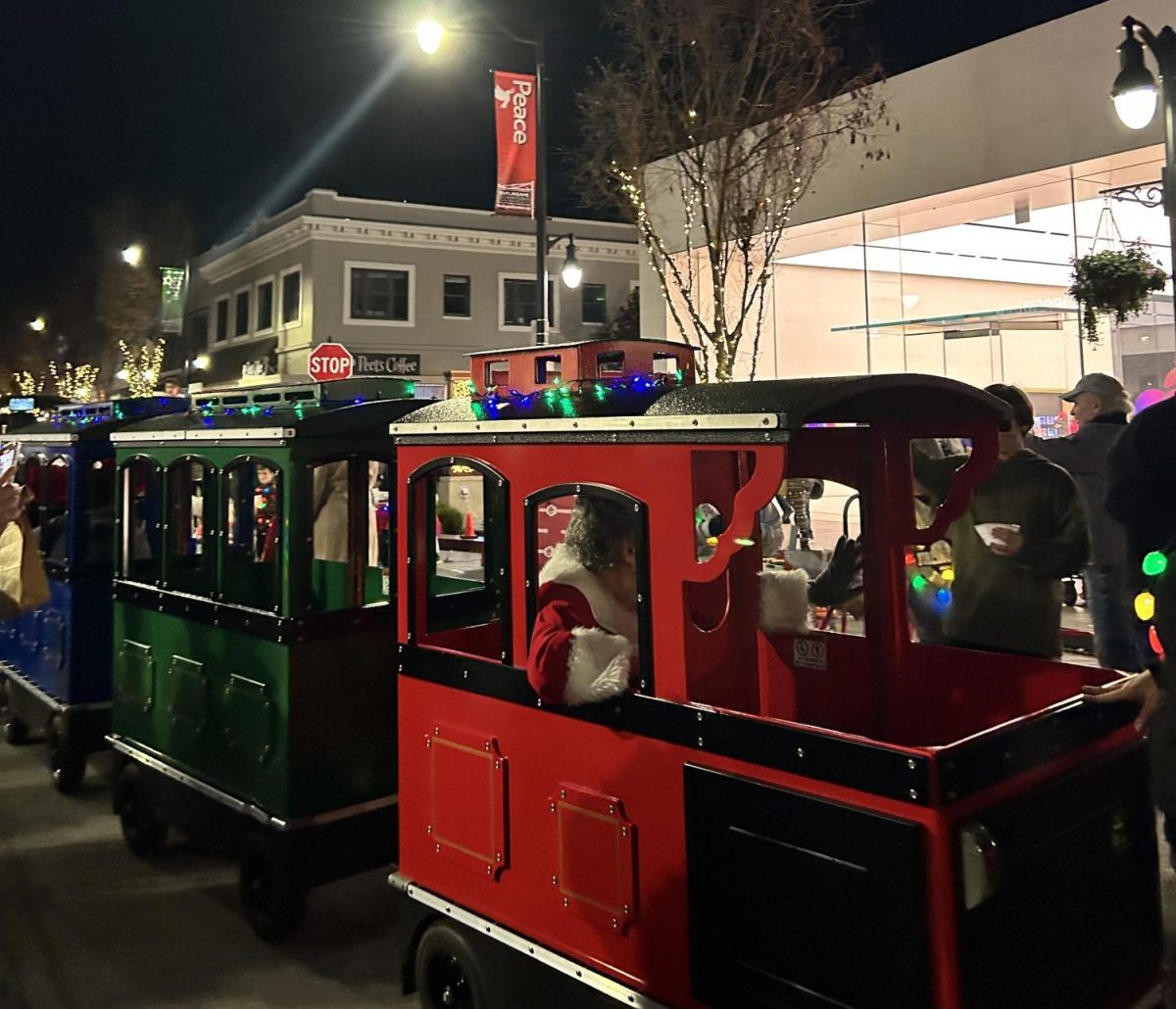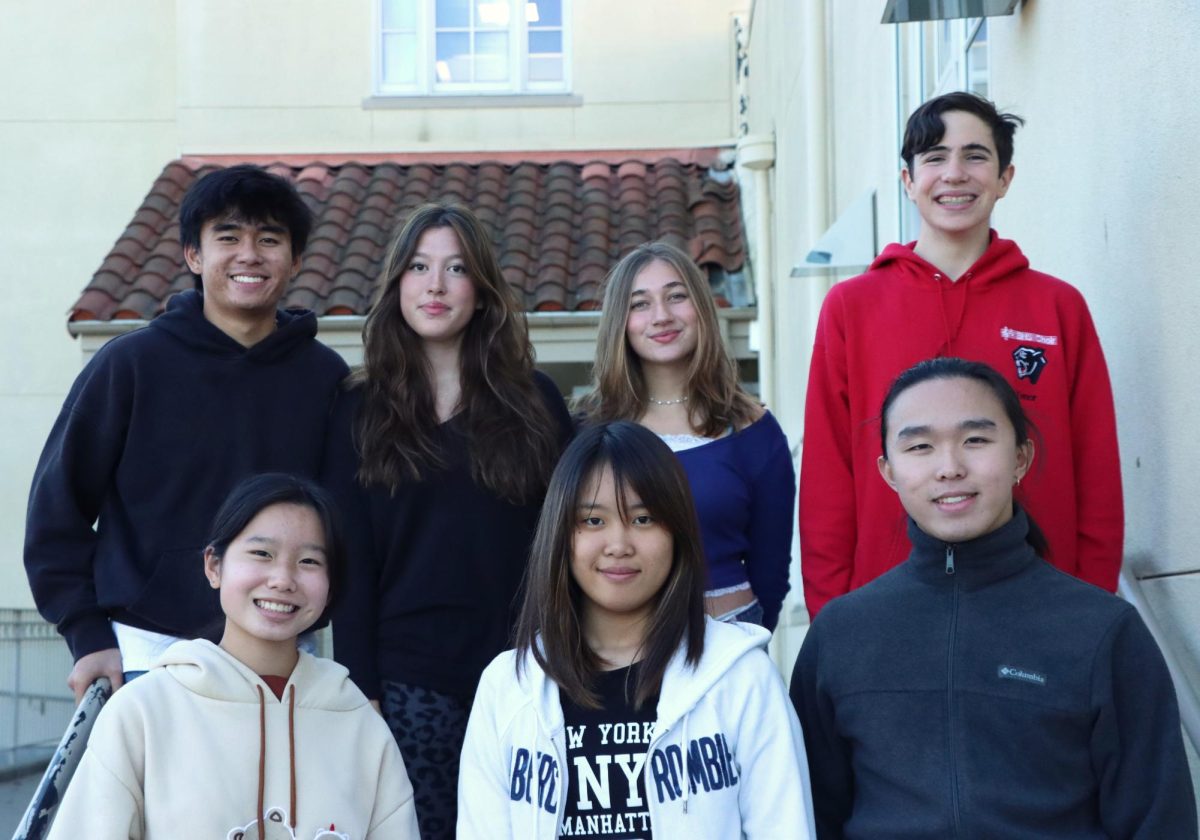Students and staff celebrate culture through traditional Hispanic dishes
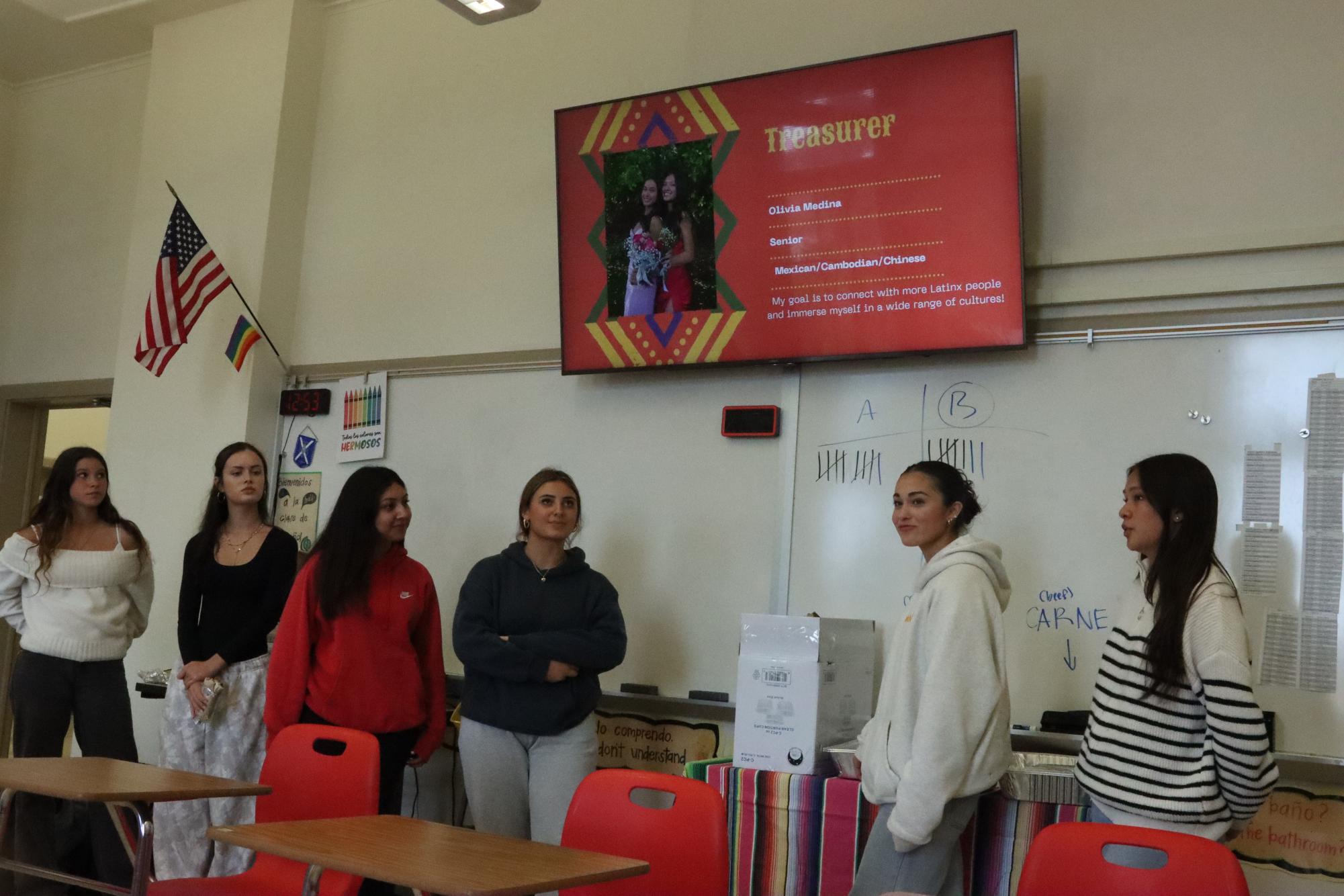
From Sept. 15 to Oct. 15, Hispanic Heritage Month is a nationally recognized annual celebration. In honor of the observance, the B interviewed multiple students and staff of Hispanic or Latino heritage about their cultures. While many aspects of their cultures were noteworthy, one theme stood out: their united love of traditional food. Here’s what they had to say.
-
Freshman Stephanie Cano got the opportunity to visit a coffee factory in Quindio, Colombia, a region famous for its coffee, and experience the production process firsthand.
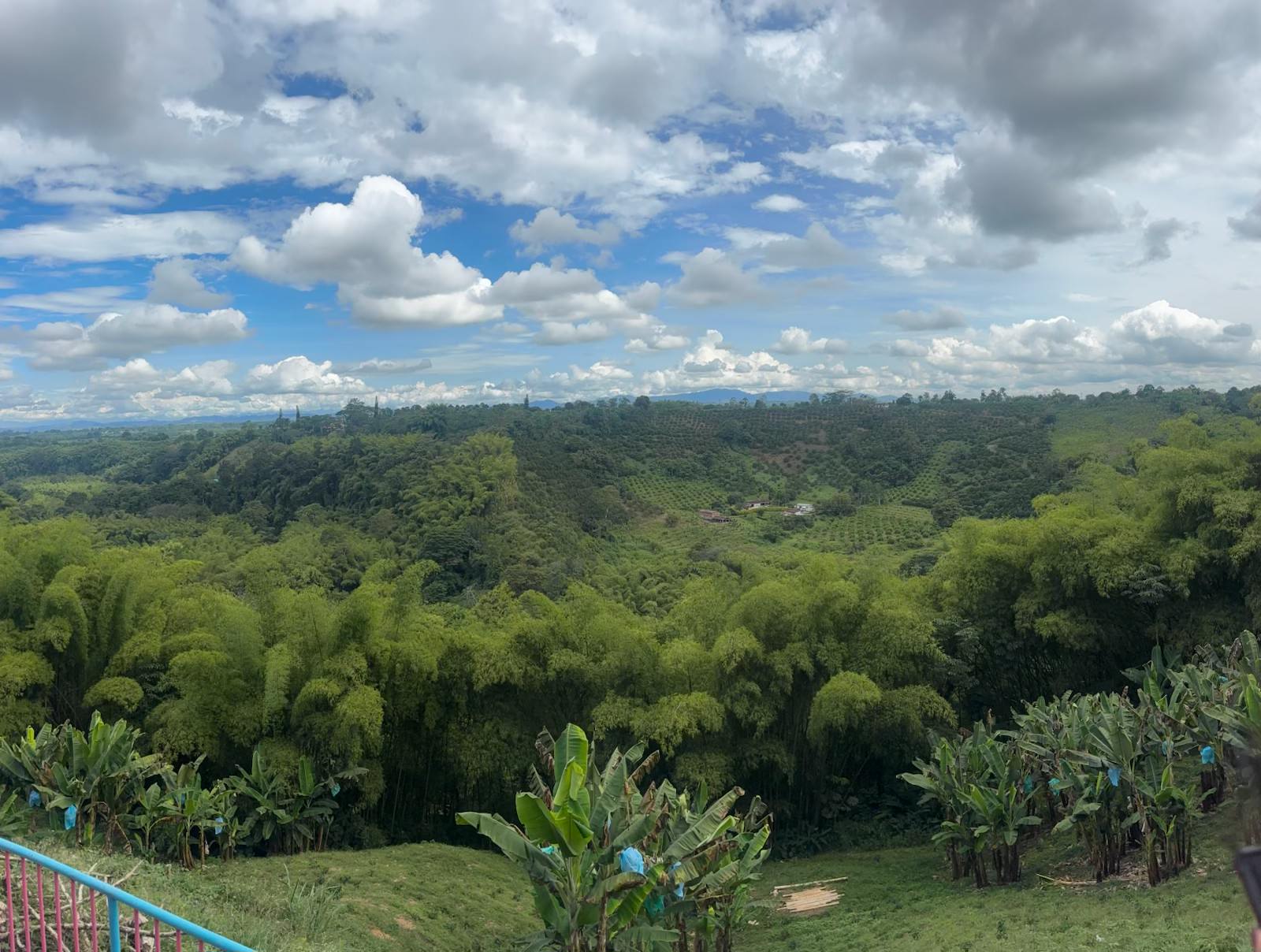
-
Junior Namay Buy enjoys quesadillas, often adding egg or chicken to elevate the dish.
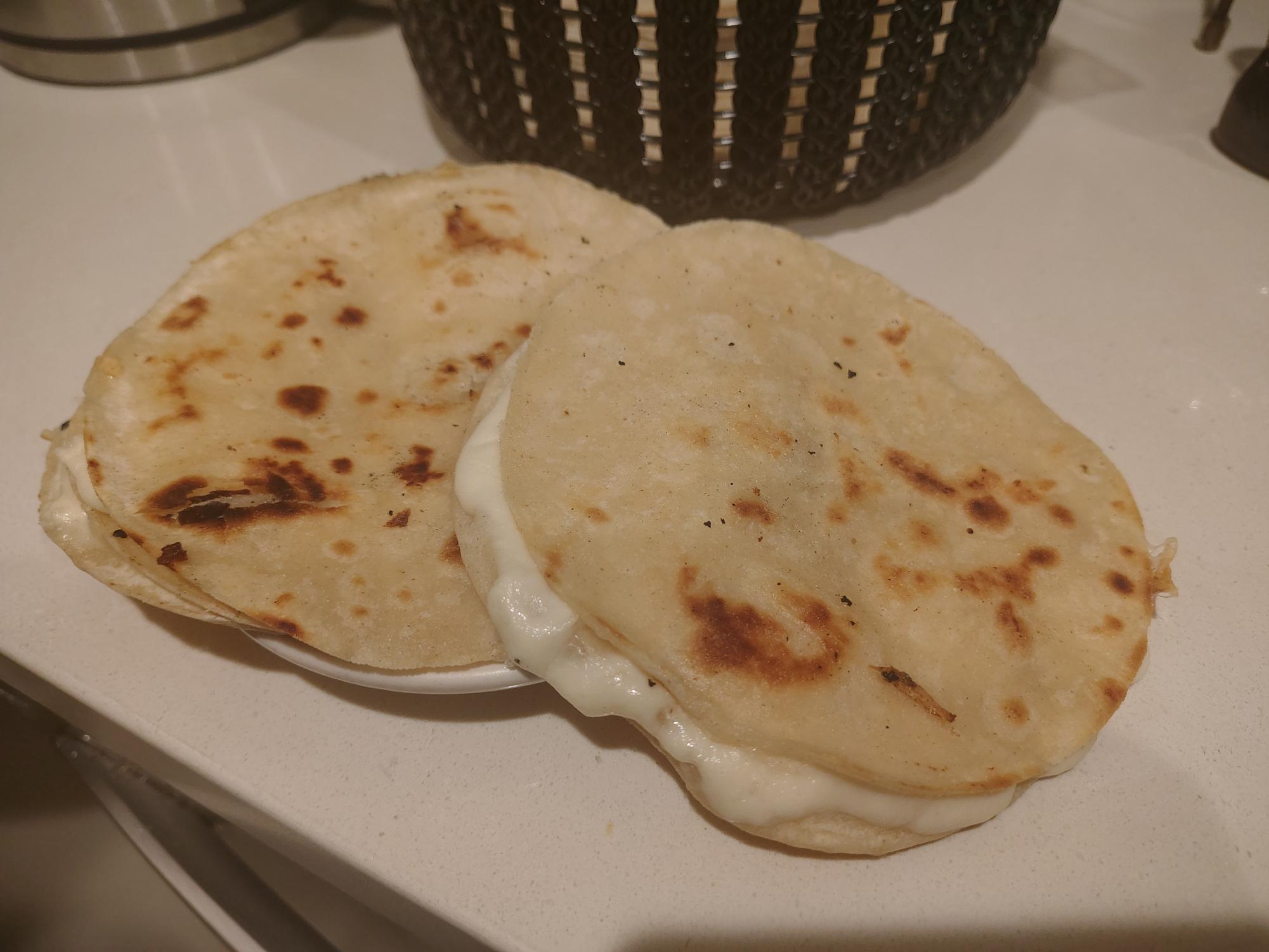
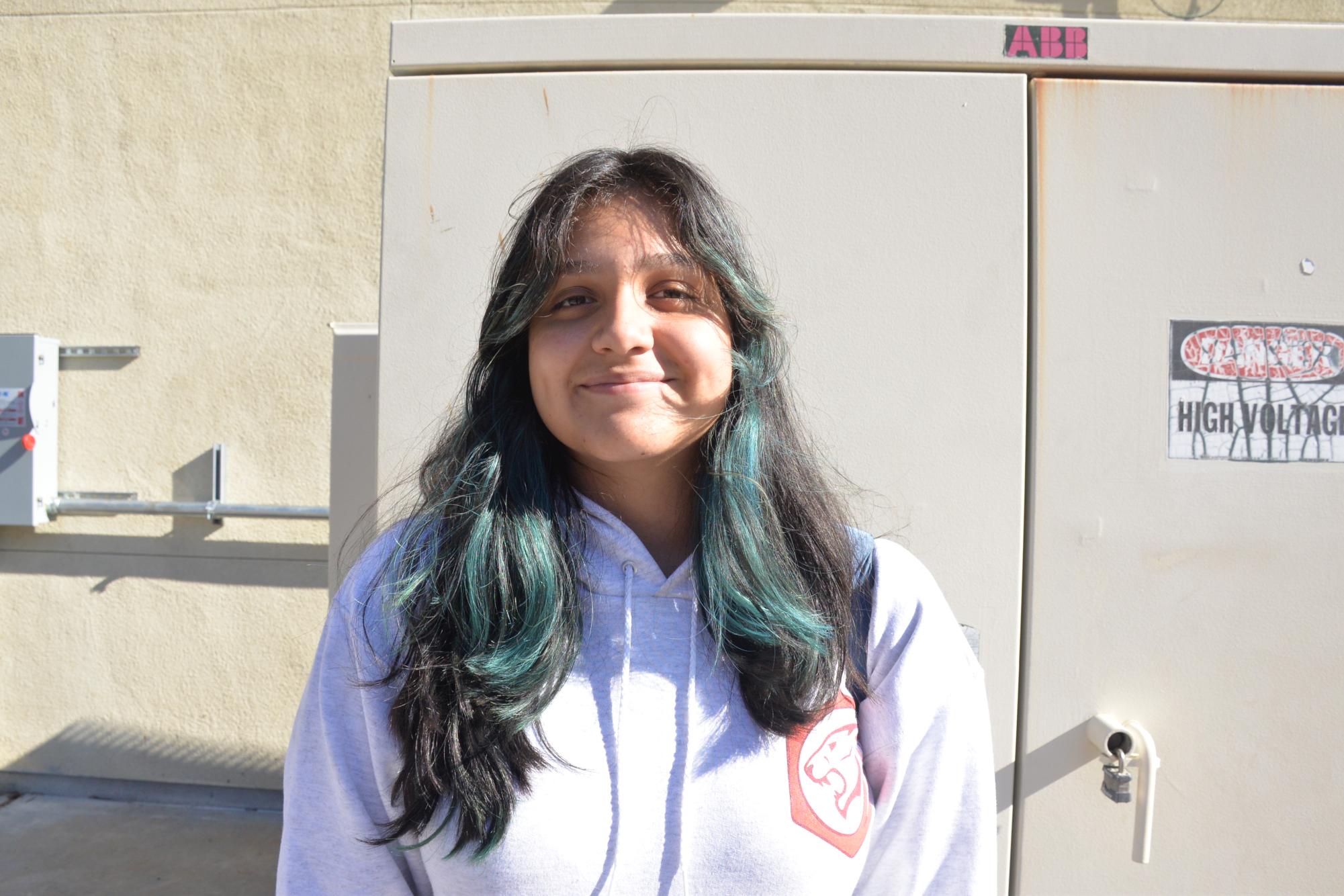
Cholado, a sweetened shaved ice, is freshman Stephanie Cano’s favorite Colombian dessert. Originating in Jamundí, Valle del Cauca, Colombia, cholado is the Colombian version of raspado, the more common shaved ice eaten across Latin America and regions of Mexico. It is often considered a fancier, fruit-filled version of the raspado.
Cano’s favorite rendition of cholado is topped with natural fruits, a cocoa powder called Milo, a wafer, condensed milk, and pieces of guava and guanábana, also known as soursop.
“It’s a lot of sweet, but I love it a lot, since it’s hot there,” Cano said. “… Since we’re used to eating so little here, it’s a lot for us over there.”
Other Colombian delicacies Cano said she enjoys include arepas con queso, corn dough flatbreads filled with cheese and butter; papas criolla, delicately fried and seasoned Creole potatoes; mazamorra, a creamy corn soup with brown sugar; and natilla, a brown sugar pudding often made with raisins and grated coconut that is commonly eaten at Christmas.
“I really, really like Christmas, because it’s a lot of food. Everybody’s coming together. My dad’s making the empanadas. I forgot to mention, we make three foods,” Cano said.
In Cano’s household, empanadas, natilla, and arroz con leche (rice pudding) are made for Christmas. Cano also mentioned buñuelo, fluffy dough balls her family fries as a traditional Christmas snack. Cano said she is proud to celebrate her culture and be Colombian.
“I’m very proud of who I am, what country I was born in, because I was shown that there’s nothing bad about being what you are born as,” Cano said. “Every culture has something to shine about, and Colombia really shines with its culture, the people, its naturalness.”
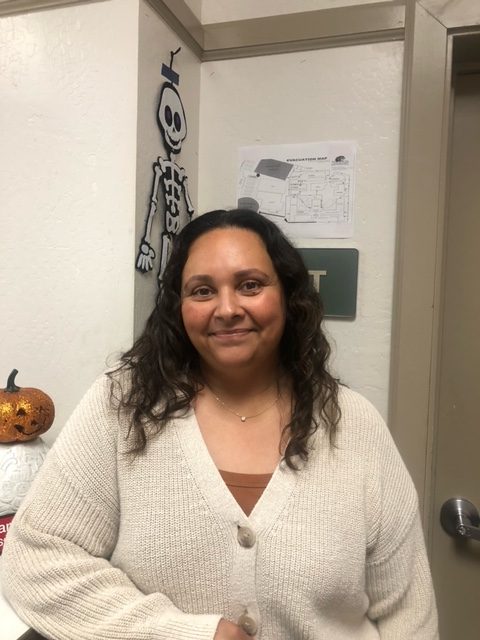
Coming from a family of Guatemalan and Mexican roots, wellness counselor Christina Cabrera is deeply connected to her culture. She has visited many cities in Mexico, such as Puerto Vallarta, Cancun, and Guadalajara. Her mother’s family also lives in Morelia, in the state of Michoacán, Mexico.
With a father from Guatemala and a mother from Mexico, Cabrera, who was born in the United States, said she is a mix of cultures. Her favorite food from Guatemalan culture is plantains, and her favorite food from Mexican culture is her mom’s specialty: refried beans.
“I love all of my mom’s cooking, but I have a really hard time finding Mexican food that is as good as hers. When I go out to eat, I usually don’t gravitate towards a Mexican restaurant because I eat such good food. I would say hands down, my mom’s beans are probably the best I’ve ever had,” Cabrera said.
Cabrera said her favorite Mexican desserts are arroz con leche and pastel de tres leches. Her favorite Guatemalan dessert is a dish with boiled and mashed plantains, covered with refried beans and sprinkled with cinnamon and sugar. Served with sour cream, the dish may not seem the most appealing at first, but Cabrera said she considers it a special treat.
“It’s a labor of love. It takes time… but it’s a special treat that we get to eat around Christmas. My dad makes it. He hasn’t traditionally been someone that cooks a lot, but that’s the dish that he makes for us around holidays,” Cabrera said.
As a result of the many cultures present in Cabrera’s life, her holidays are similar to typical American holidays, but with a twist. For example, on Thanksgiving, they might eat turkey, but the stuffing could be a Central American dish or include an assortment of Mexican and Guatemalan tamales.
Holidays are also a time for Cabrera to gather with family and friends. Cabrera’s extended family is very large, but closely connected. Her mother is one of 13 siblings, most of whom still live in Mexico. When Cabrera travels, she visits her cousins, aunts, great uncles, and other relatives. She said that her family is very inclusive, even towards those who are not related by blood.
“One of the biggest aspects of my culture, I feel like, is family; familia,” Cabrera said. “We’re very united. In the Latino culture, community and family, and food is everything, so there are a lot of gatherings that happen, not only for birthdays, but also whenever my mom makes special dishes and she invites all of us to come over.”
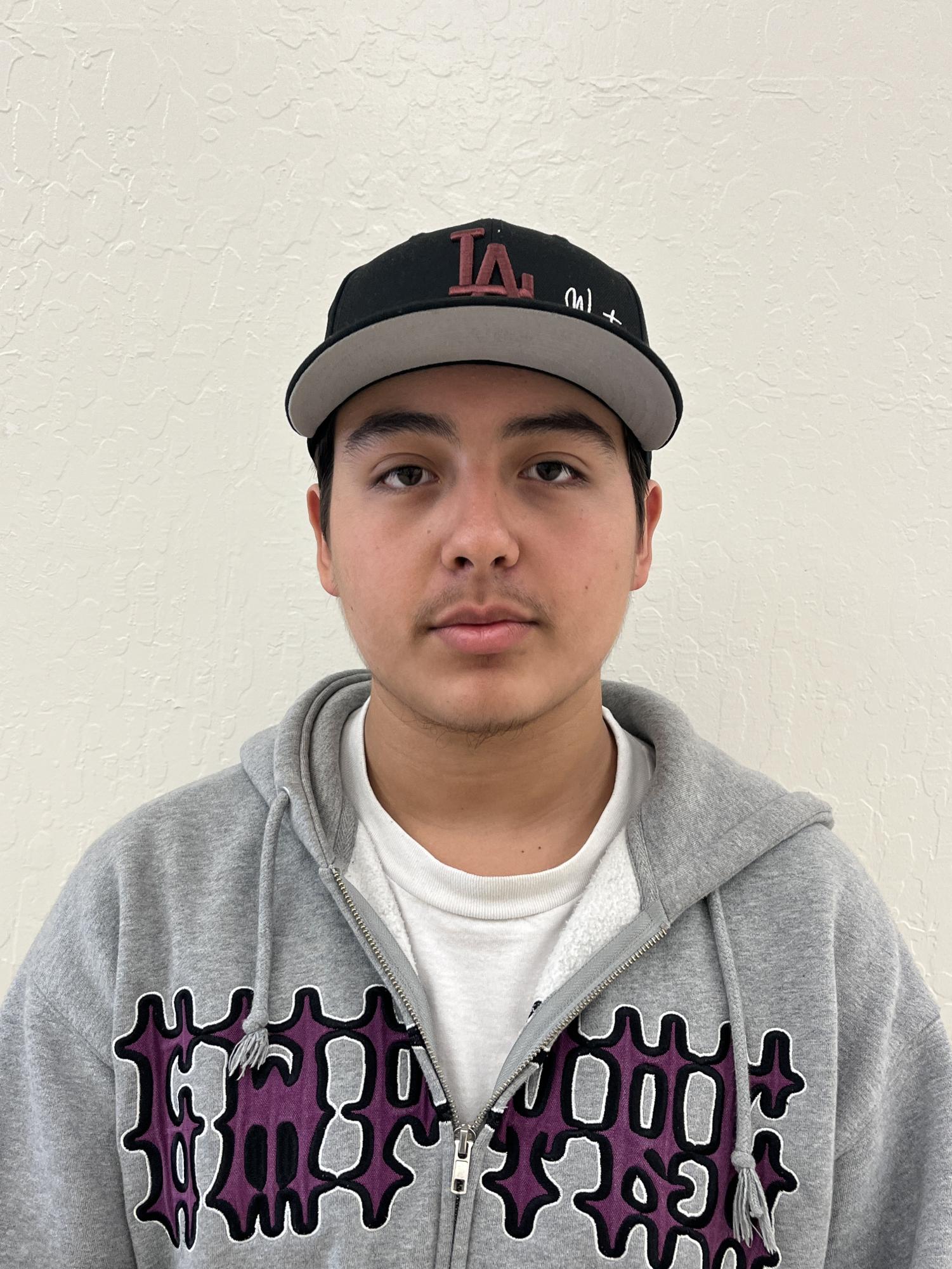
As the secretary of the Latino club at Burlingame, junior Luis Lara Mendoza is actively involved with his culture. Both his parents are from different cities in Mexico and have taken him and his siblings there several times. When in Mexico, Mendoza spends his time visiting family and different cities.
Mendoza’s favorite foods include posole with chicken and birria tacos. Posole is a soup with corn granules that’s traditionally made with goat, but Mendoza’s family uses chicken instead. Birria tacos are tacos made with tortillas dipped in consommé before frying, giving them extra crispiness.
“My parents, aunties, and most of my family make [birria tacos]. Whenever there are special events or on the weekend when my Auntie’s making it, she sells it, and I usually get some,” Mendoza said.
Mendoza said he is generally very open to sharing his culture. He often invited friends over to try his mom’s cooking, even if they came from different cultural backgrounds. But due to recent political tensions, he said he does not feel as safe.
“Especially nowadays, with all the politics with the President and stuff, I feel like it’s a lot harder to just be me openly. I feel like I have to keep it more shushed now,” Mendoza said.
“[I joined] to meet more Latino students and just to help support the Latino population,” Mendoza said.
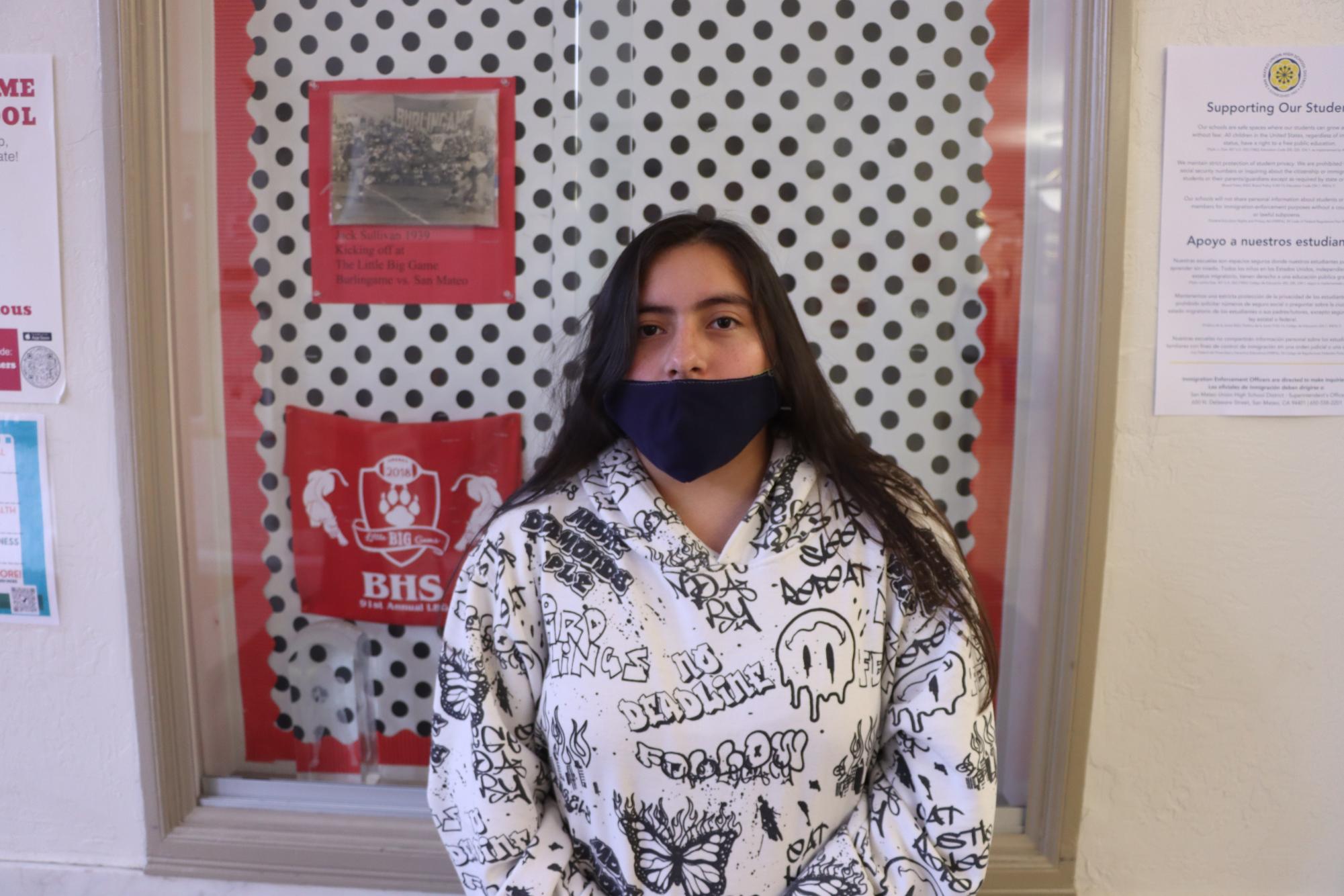
Though junior Namay Buy did not grow up speaking Spanish or participating in traditions, she said she still identifies with her Hispanic or Latina heritage.
Buy’s favorite foods are quesadillas and enfrijoladas, tortillas dipped in a liquid bean paste before serving. She said she also loves sweets, including conchas and barritas. Barritas are soft cookies shaped like flattened hot dog buns with a crevice filled with sweet fruit, commonly pineapple or strawberry. The snack is sold in brightly colored packaging at major grocery stores.
When dinnertime rolls around, Buy’s household might look different from what some expect.
“My family, in general, eats separately. Like my parents will eat, my brothers will eat, and sometimes they’ll eat in their rooms, sometimes they’ll eat at the table. It’s a similar thing for me. We usually just eat alone,” Buy said.
Buy said her family tends to be more individualistic, with each member keeping to their own space while still connecting when needed.
“We would meet each other from time to time, but really, we just have our own separate areas,” Buy said. “… I’m kind of used to keeping things to myself, but if I need to, then yeah, I’ll talk to my parents or I’ll talk to my siblings. There’s a language barrier, because my parents speak Spanish and they have trouble speaking in English, and I have trouble speaking Spanish, but I can speak English.”
Buy said her family is separated because of language, but that may change. She is currently taking Spanish, and that way, she can communicate with her parents more naturally.
Your donation will support the student journalists of Burlingame High School - CA. Your contribution will allow us to purchase equipment and cover our annual website hosting costs.
